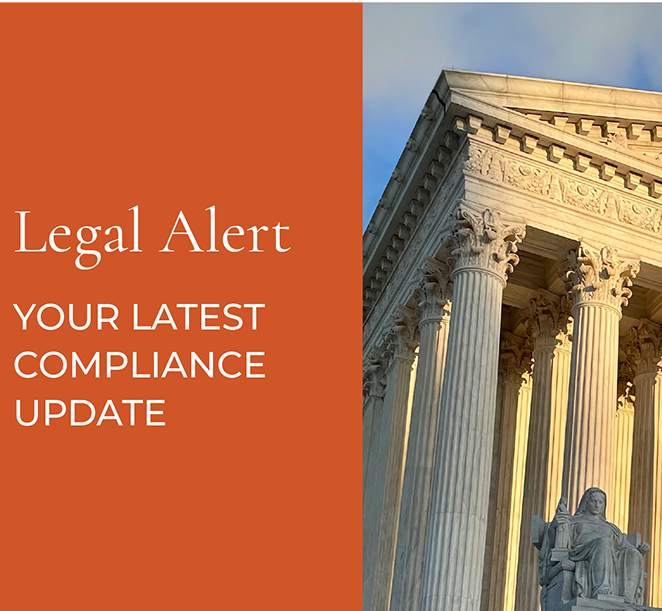Spotlight Series: ACA Community Rating - How Data Can Help You Navigate Rate Shocks
Data drives decisions. No matter the size or relative impact of the decision, data is necessary. When the decision is as impactful as the kind of health insurance to choose for your employees, it becomes even more critical.
Small and medium-sized businesses in particular are in the eye of the storm. The Affordable Care Act’s (ACA) Community Rating mandate is moving many companies into statewide risk pools this year.
If your group is young and healthy, your renewals this year most likely reflect the impact of this ACA provision. Many of our clients have seen 15%-50% increases or more. Some groups we’ve worked with have even received cancellation of coverage notices from their carriers. Not cool.
Add to this increasing costs attributable to Affordable Care Act mandates like The Employer Mandate and the looming Cadillac Tax - which is forcing many companies to look into high-deductible health plan options - and many employers feel they are reaching an unsustainable position in providing affordable health care benefits that attract and retain their best and brightest employees.
Community Rating and Your Group’s Health
As a small- to mid-sized employer that offers employee group health insurance, you are facing a key decision point. The size of your company means that one particular component of the Affordable Care Act (ACA) will have a greater impact on your group than it will on larger groups. Community rating, the part of the law that curtails an insurer’s ability to factor in employee health when setting premiums, is already impacting employers of fewer than 50 people. In 2016, the reach of community rating will extend further, depending upon the state, into groups up to 100 employees.
Why does community rating matter? In years past, insurance carriers could (and did) charge different premiums based on the level of health within the groups they covered. Companies with healthier populations paid lower premiums, and those with less healthy employees paid more. Community rating means insurers can no longer differentiate on the basis of health. The result is that companies with young and healthy employee populations now pay significantly higher premiums than before. In effect, healthy groups are subsidizing less healthy groups, and small businesses can ill-afford to see more increases in their premiums. It’s simply not sustainable.
What to do?
It all depends on how healthy your group is versus your statewide average. If you can gain insight into your group’s health profile, you can determine whether being in your statewide community rated risk pool (where you won’t be rated based on your group health profile) makes financial sense or not.
Having access to these insights levels the playing field. If your group is healthier than average, there are many options these days to look into partially self-insured plans that provide the benefits of being rated based on your group’s healthy “experience”, moving you out of the community rated pool and driving significant savings and value for you and your employees.
Read our next post on level-funded health plans for groups approaching 50 employees and see how you can benefit from using data insights into your group's health profile and level-funding to drive cost savings and improved benefits for your company.





